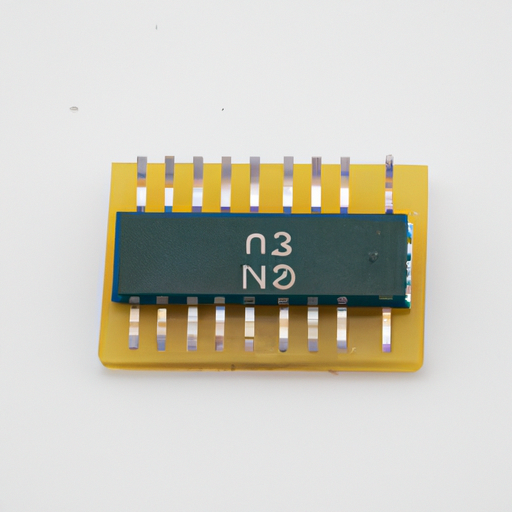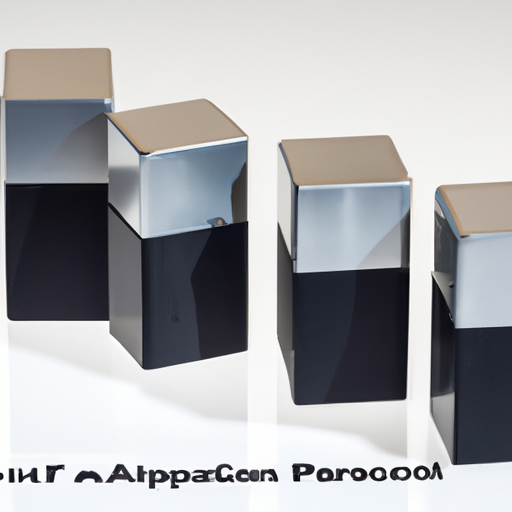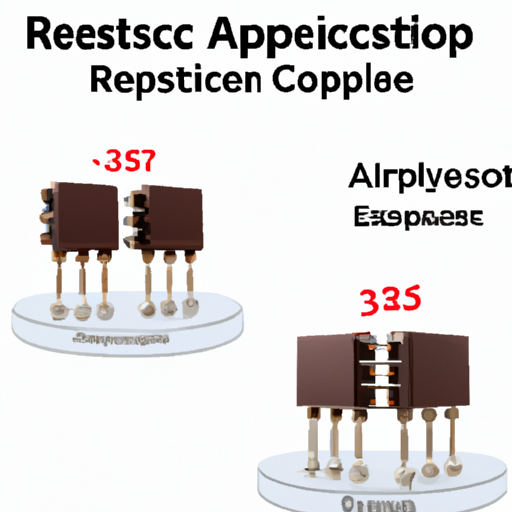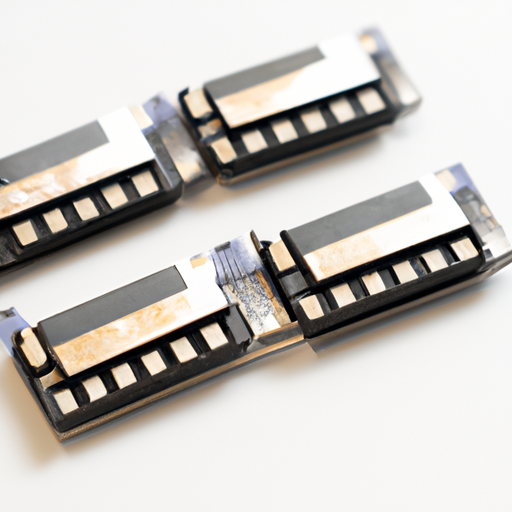MM74HC4040N Capacitor Networks, Arrays highlighting the core functional technology articles and application development cases of Capacitor Networks, Arrays that are effective.
Core Functional Technologies of Capacitor Networks and Arrays with MM74HC4040N
The MM74HC4040N, a binary ripple counter, can be effectively utilized in conjunction with capacitor networks and arrays to enhance various electronic applications. Below are some core functional technologies that highlight the synergy between these components.
1. Capacitor Networks - **RC Timing Circuits**: Capacitor networks paired with resistors form RC circuits that determine timing intervals. The MM74HC4040N can count clock cycles generated by these circuits, making it ideal for applications requiring precise timing, such as pulse generation and event counting. - **Filter Circuits**: Capacitor networks are essential in designing filters (low-pass, high-pass, band-pass, and band-stop). These filters can clean up noisy signals before they are processed by the MM74HC4040N, ensuring accurate counting and signal integrity.
2. Capacitor Arrays - **Decoupling Capacitors**: In digital circuits, capacitor arrays serve as decoupling capacitors, stabilizing the power supply to the MM74HC4040N. They filter out high-frequency noise and voltage spikes, enhancing the reliability of the counter in high-speed applications.
- Charge Storage: Capacitor arrays can store charge for applications like sample-and-hold circuits. The MM74HC4040N can control the timing of these samples, making it useful in data acquisition systems.
3. Timing and Oscillation - **Astable Multivibrator**: By combining capacitor networks with resistors, an astable multivibrator can be created to generate a continuous clock signal for the MM74HC4040N. This is particularly useful in applications requiring a stable clock source.
- Monostable Multivibrator: Capacitor networks can also form monostable multivibrators, generating single pulses of specific durations. This functionality can trigger the MM74HC4040N for precise timing applications.
Application Development Cases
1. Frequency Division - **Digital Frequency Dividers**: The MM74HC4040N can divide high-frequency signals into lower frequencies. Capacitor networks can shape these input signals, ensuring clean transitions and minimizing jitter, which is crucial in communication systems.
2. Timing Applications - **Timer Circuits**: Integrating capacitor networks with the MM74HC4040N allows for the creation of timer circuits. These circuits can be used in various applications, such as delay timers in automotive systems or industrial automation.
3. Signal Conditioning - **Analog Signal Processing**: Capacitor arrays can condition analog signals before they are digitized or counted by the MM74HC4040N. This is particularly beneficial in sensor applications where noise reduction is essential for accurate readings.
4. Pulse Width Modulation (PWM) - **PWM Generation**: Capacitor networks can be utilized to generate PWM signals, which the MM74HC4040N can count for applications like motor control or LED dimming. This allows for efficient power management in various electronic devices.
5. Data Acquisition Systems - **Sampling Circuits**: In data acquisition systems, capacitor networks can sample analog signals, while the MM74HC4040N counts the number of samples taken over time. This integration provides valuable data for analysis and monitoring applications.
Conclusion
The combination of capacitor networks and arrays with the MM74HC4040N enhances the functionality of various electronic applications, particularly in timing, frequency division, and signal conditioning. By leveraging these technologies, designers can create robust and efficient circuits that meet the demands of modern electronic systems. This integration is applicable across diverse fields, including consumer electronics, industrial automation, and automotive systems, leading to innovative solutions and improved performance.





